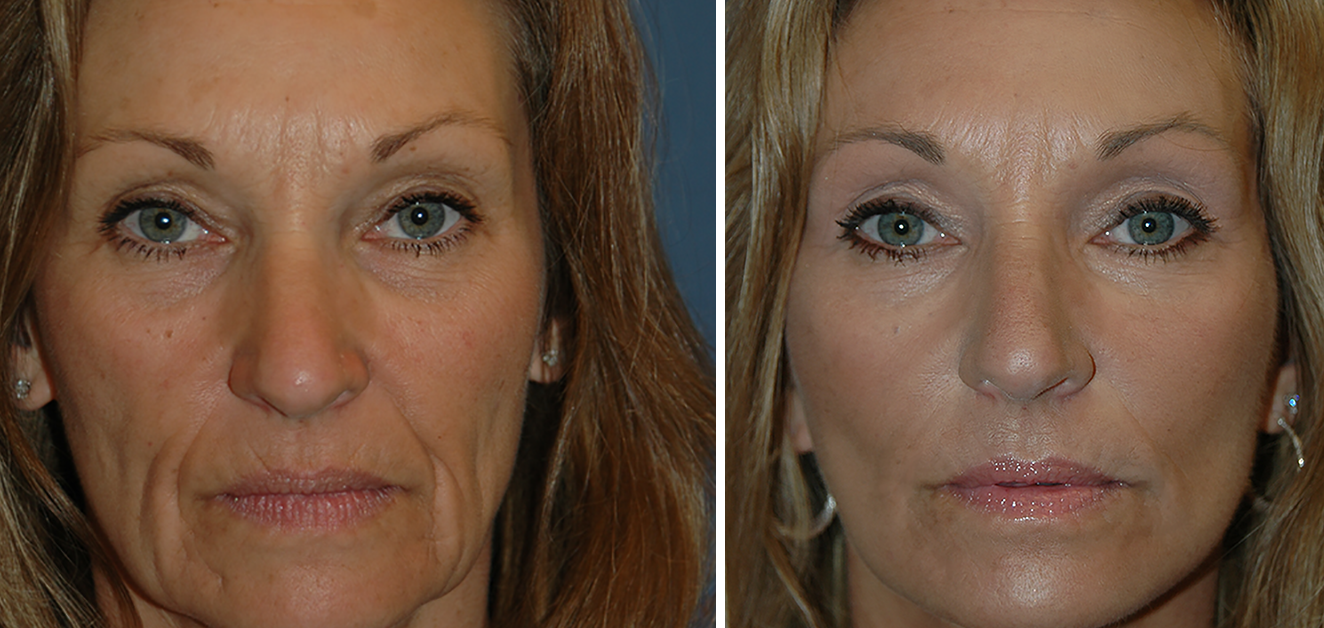Recovering from a facelift can be a daunting experience, but it is essential to follow your surgeon’s instructions carefully to ensure the best possible results. In this blog post, we will provide you with a comprehensive guide to the facelift recovery process, including everything you need to know about the timeline, what to expect, and how to care for yourself during this time.

Image: edu.itugas.com
The facelift recovery process typically takes around 2-4 weeks, depending on the extent of the procedure and your individual healing rate. During this time, you will experience some swelling, bruising, and discomfort, which will gradually subside over the course of the recovery period.
The First Week of Recovery
Swelling and Bruising
During the first week of recovery, you will likely experience significant swelling and bruising around your face. This is normal and will gradually subside over the course of the next few weeks. To help reduce swelling, apply ice packs to your face for 15-20 minutes at a time, several times a day.
Pain and Discomfort
You may also experience some pain and discomfort during the first week of recovery. This can be managed with over-the-counter pain relievers, such as ibuprofen or acetaminophen. Make sure to follow your surgeon’s instructions regarding medication dosage and frequency.

Image: complextime.com
The Second Week of Recovery
Stitches Removal
Around the second week of recovery, your stitches will be removed. This is typically a quick and painless procedure. Once the stitches are removed, you will be able to wash your hair and face normally.
Continued Swelling and Bruising
The swelling and bruising from the facelift will continue to subside during the second week of recovery. However, you may still notice some residual swelling and bruising, especially in the morning. To help reduce swelling, continue to apply ice packs to your face and elevate your head when sleeping.
The Third and Fourth Weeks of Recovery
Return to Normal Activities
By the third and fourth weeks of recovery, you should be able to return to most of your normal activities. However, it is important to avoid strenuous activity and sun exposure, as these can prolong the healing process.
Fading of Bruising and Swelling
The bruising and swelling from the facelift will continue to fade during the third and fourth weeks of recovery. By the end of the fourth week, most of the swelling and bruising should have subsided and you should be able to see the final results of your facelift.
Tips and Expert Advice for Facelift Recovery
- Follow your surgeon’s instructions carefully. This is the best way to ensure a safe and successful recovery.
- Take it easy. Don’t try to do too much too soon. Rest as much as possible and allow your body to heal.
- Keep your incisions clean and dry. This will help prevent infection.
- Avoid strenuous activity and sun exposure. These can prolong the healing process.
- Eat a healthy diet. Eating a healthy diet will help your body heal faster.
- Get plenty of sleep. Sleep is essential for healing.
- Be patient. It takes time for the swelling and bruising from a facelift to subside. Don’t get discouraged if you don’t see results immediately.
FAQs on Facelift Recovery
Q: How long will I be out of work after a facelift?
A: Most people take 1-2 weeks off of work after a facelift. However, the amount of time you need to take off will vary depending on the extent of the procedure and your individual healing rate.
Q: When can I start exercising after a facelift?
A: You should avoid strenuous activity for at least 2 weeks after a facelift. After that, you can gradually start to increase your activity level. However, it is important to listen to your body and rest when needed.
Q: When can I see the final results of my facelift?
A: The final results of your facelift will be visible once the swelling and bruising have subsided, which typically takes around 4 weeks.
How Long To Recover From A Facelift
Conclusion
Recovering from a facelift can take time and effort, but the results are worth it. By following your surgeon’s instructions carefully and taking good care of yourself during the recovery process, you can minimize downtime and ensure a safe and successful outcome.
Are you interested in learning more about facelift recovery? Please leave a comment below and we will be happy to answer your questions.